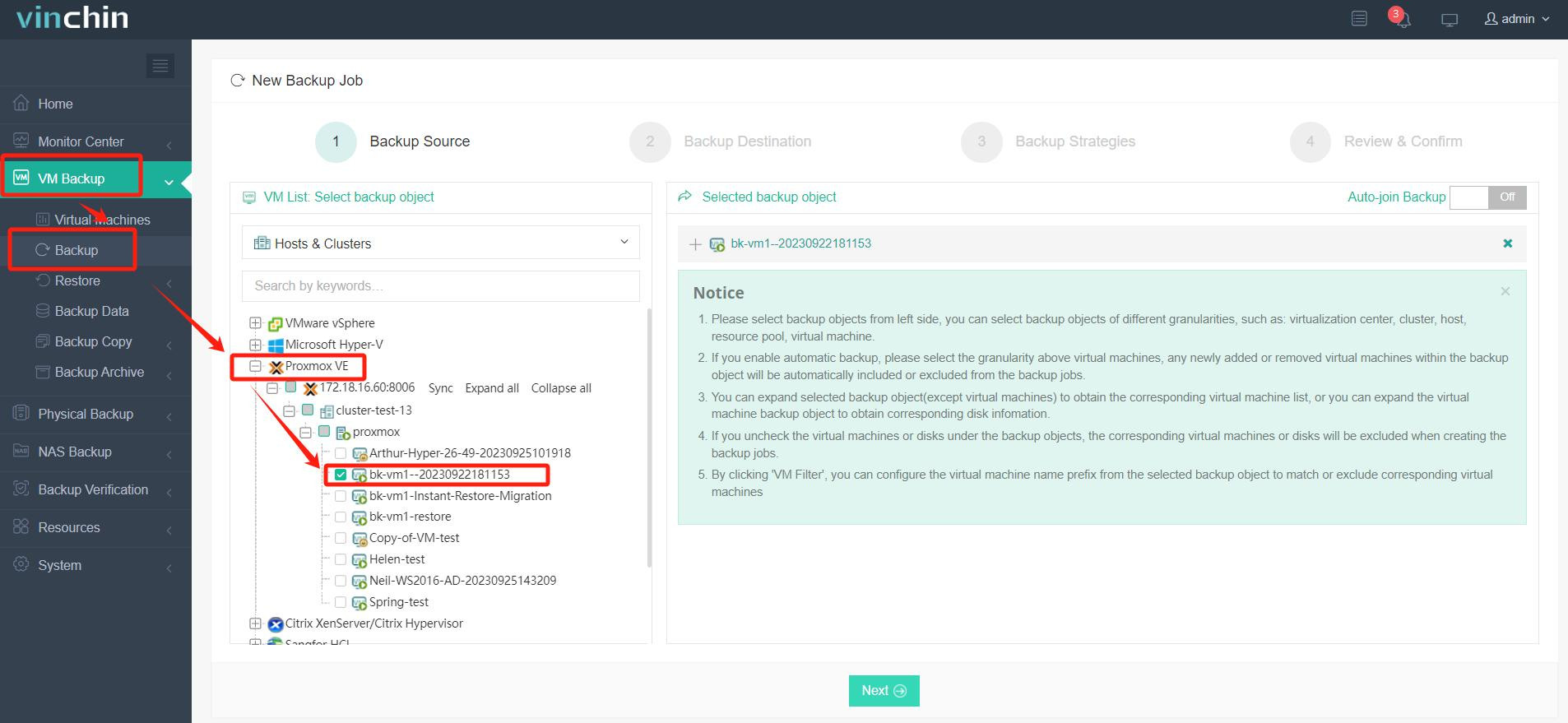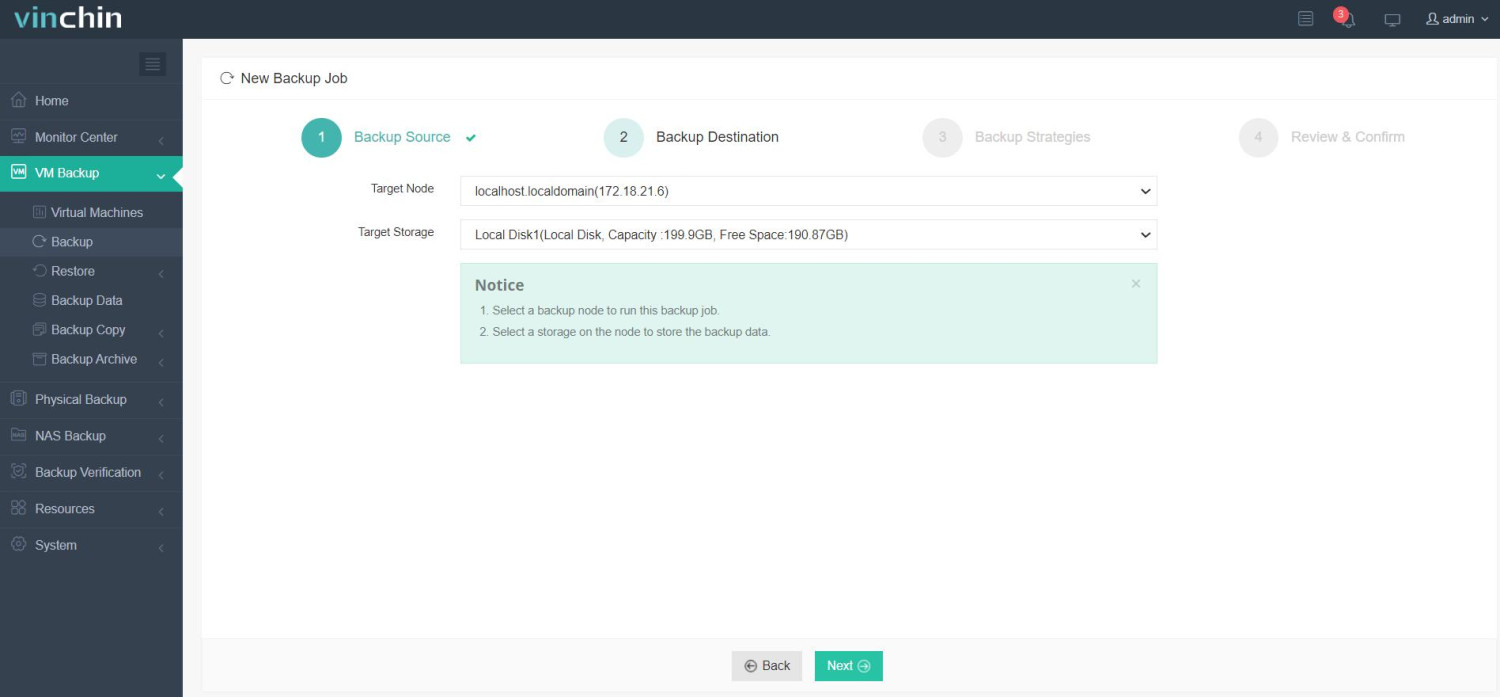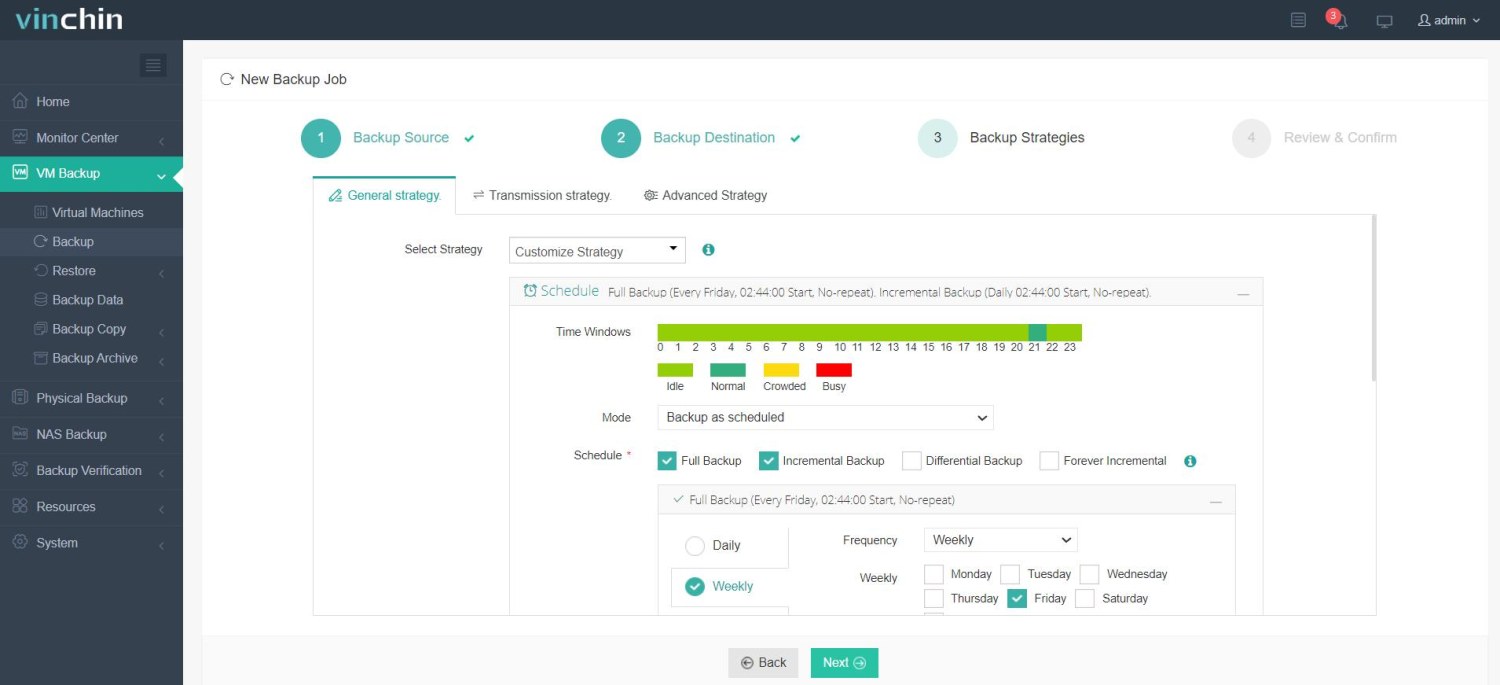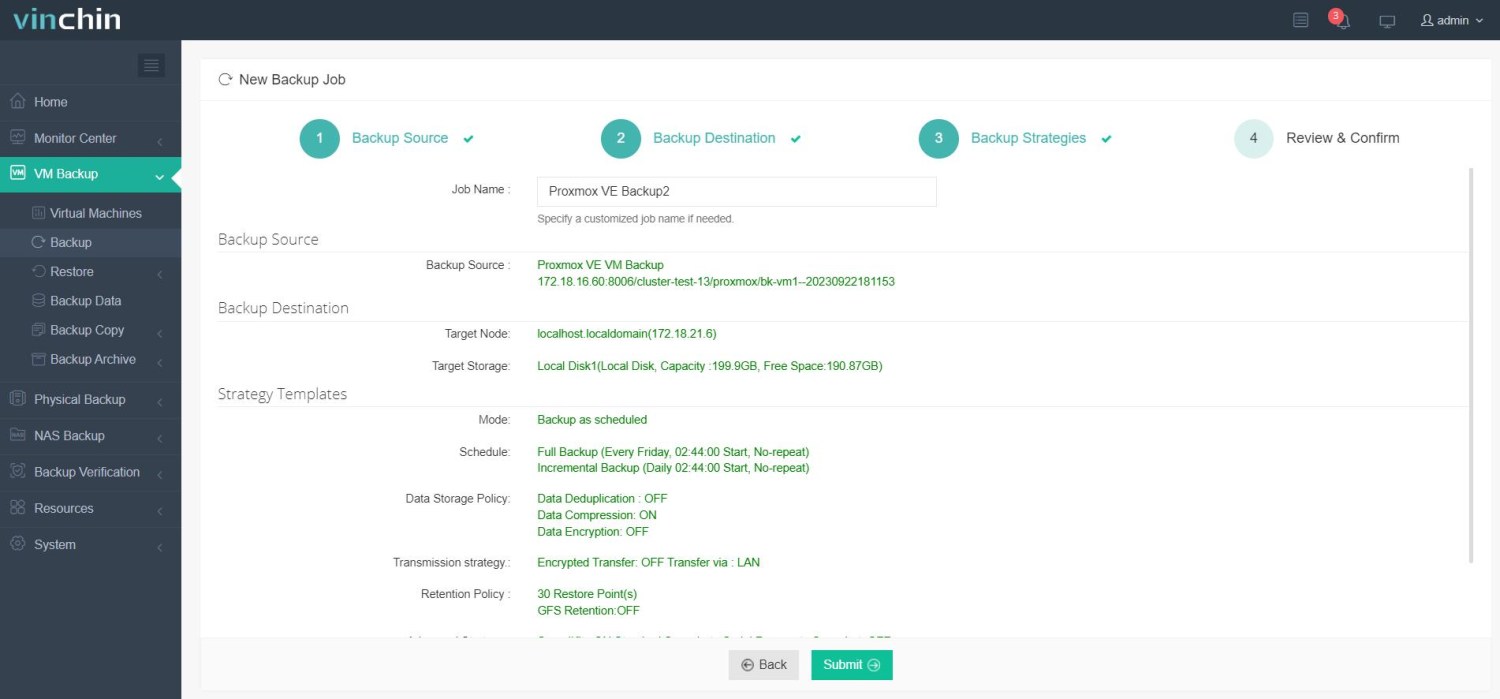-
How does Proxmox work?
-
How to achieve power saving in Proxmox?
-
Energy savings and VM security with Vinchin
-
Proxmox power saving FAQs
-
Conclusion
In today's data center and cloud computing environments, energy efficiency has become an important part of enterprise management. Proxmox, an open-source virtualization solution, not only provides powerful features, but also helps users achieve effective Proxmox energy savings by optimizing resource allocation. In this paper, the working principle of Proxmox, its energy-saving strategy and its benefits to the enterprise and the environment will be discussed.
How does Proxmox work?
Proxmox combines KVM (Kernel-based Virtual Machine) and LXC (Linux Containers) to provide users with flexible virtual machine and container management. Its architecture efficiently utilizes the hardware resources of physical servers, allowing multiple virtual environments to share compute, storage, and network resources. This efficient management of resources is the basis for realizing Proxmox energy savings.
How to achieve power saving in Proxmox?
According to the International Energy Agency (IEA), the energy consumption of data centers accounts for an increasing share of global power consumption every year. Optimizing energy efficiency not only helps reduce business operating costs, but also reduces carbon footprint and promotes sustainable development. Therefore, it is especially important to adopt effective Proxmox power saving strategies in virtualized environments.
Virtual machine optimization: Reasonably allocate CPU and memory resources of virtual machines to avoid unnecessary waste. For example, monitor the performance of VMs and adjust resource allocation in a timely manner to ensure that they can still run efficiently during peak load periods.
Efficient storage solutions: Using energy-efficient storage devices, such as SSDs and configure with efficient RAID level, can significantly reduce energy consumption. It is also critical to rationally configure storage pools to avoid data redundancy.
Dynamic power management: Enable CPU frequency regulation and other power management tools to dynamically adjust hardware performance based on actual load, thereby reducing energy consumption.
Monitoring and tuning: Utilize Proxmox's built-in monitoring tools to regularly check resource usage and identify and resolve potential performance bottlenecks and energy consumption issues. Regularly reviewing the operating status of virtual machines can help administrators make necessary adjustments to further optimize energy efficiency.
Energy savings and VM security with Vinchin
While optimizing resources and saving energy, it is critical to ensure the security of your virtual machine data. We recommend using Vinchin Backup & Recovery for VM backup. Vinchin is designed for virtualized environments such as VMware, Proxmox, Hyper-V, XenServer, XCP-ng, and oVirt, providing an efficient and reliable backup solution.
With features including agentless backup, instant recovery and V2V migration, Vinchin is designed to fully protect and manage critical data in virtual machines. By supporting incremental backups and fast recovery, Vinchin helps organizations quickly restore business in the event of a failure, not only improving data security, but also reducing the additional operational costs associated with data loss.
Vinchin Backup & Recovery's operation is very simple, just a few simple steps.
1.Just select VMs on the host

2.Then select backup destination

3.Select strategies

4.Finally submit the job

Vinchin offers a free 60-day trial for users to experience the functionality in a real-world environment. For more information, please contact Vinchin directly or contact our local partners.
Proxmox power saving FAQs
Q1: Does Proxmox support dynamic power management?
A1: Yes, Proxmox is based on Debian Linux, so it can take advantage of various power management features in the Linux kernel. For example, the processor's performance states (P-states) and idle states (C-states) can be configured using the cpupower utility.
Q2: How does hardware selection affect Proxmox power savings?
A2: It is important to choose hardware that has low power consumption characteristics. This includes using high-performance CPUs, memory modules, and SSD drives. Also, server-class motherboards often offer more power management options.
Conclusion
In today's data centers, energy efficiency is crucial. Proxmox optimizes resource allocation for effective Proxmox power savings. Coupled with Vinchin Backup & Recovery, enterprises can ensure both energy efficiency and robust VM data security, reducing costs and environmental impact.
Share on:






